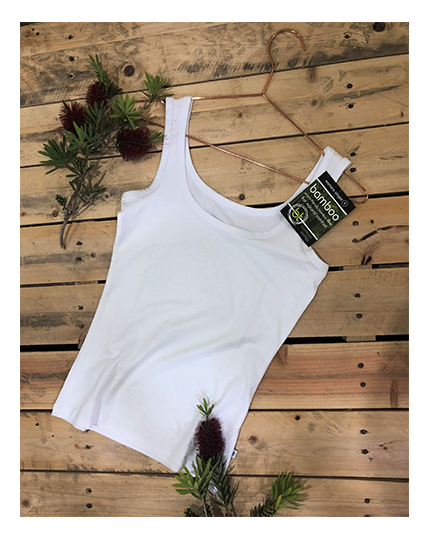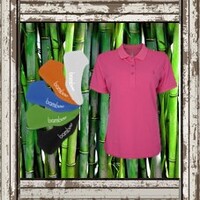Bamboo Fabric
Author: Gracie Date Posted:23 October 2018
Bamboo is quickly becoming one of the most popular sources of fabric in the world. There are many reasons why this resource is booming, and why you should think about making the switch when buying clothes, towels and manchester.
Bamboo is a wonderful, green resource and is hugely beneficial to us and the environment. At this moment in history, whether a product is manufactured from sustainable materials or not is a major factor in people’s decisions about what they choose to purchase and what businesses they support. We know we need to look after our environment, and when we do, it looks after us. Bamboo is the fastest growing plant in the world and can replenish itself once harvested incredibly quickly, sometimes growing 100cm or more per day! Bamboo is also naturally pest resistant which means most bamboo is grown organically.

Since bamboo crops don’t require much water, and can be grown pesticide free, they are a great, environmentally friendly option for cultivation for fabric production. Bamboo also absorbs five times more carbon dioxide, and releases 35 times more oxygen into the environment than a similar sized stand of trees. Amazing!
If all these points aren’t enough to convince you how great this fabric is, then it’ll be good to know that bamboo is also 100% biodegradable. So, once you’ve worn it out, you can rest easy knowing that it will naturally degrade, leaving little to no environmental footprint.
How is bamboo fibre made?
To produce high-quality bamboo fabric, the ‘woody’ bamboo is crushed and submersed in a strong solution of sodium hydroxide which dissolves the bamboo cellulose. With the addition of carbon disulfide, the fibres are regenerated and then drawn off, washed, and bleached to a bright white colour and dried. The resultant fluff - which is very long in staple and visibly finer than other fibres - is then spun into yarn like any other textile fibre. The longer staple and higher tensile strength is what makes a tough, soft yarn – which is not as susceptible to wearing and fraying, so it has excellent durability. The hollowness of the fibre contributes to its very high level of absorbency, so unfortunately it does take a little longer to dry on the clothesline. (First world problem!) The hollowness of the fibre also enables it to hold dyes and pigments more readily and permanently, thus making it much more colourfast. The chemicals used in this process are washed out and do not remain on the finished fabric. Responsibly managed manufacturing plants ensure that no release of these elements into the environment has a negative impact.
Even more advantages of bamboo clothing:
- Soft to the touch
- Hypoallergenic
- Does not irritate the skin
- Gentle on sensitive skin
- Breathable
- Keeps you cool in Summer and warm in Winter
- Super absorbent
- Wicks moisture away from the skin
- Biodegradable
- A green material that will return to the Earth and not clog waterways
- UV protection
Take a look at our Bamboo Range Here.

